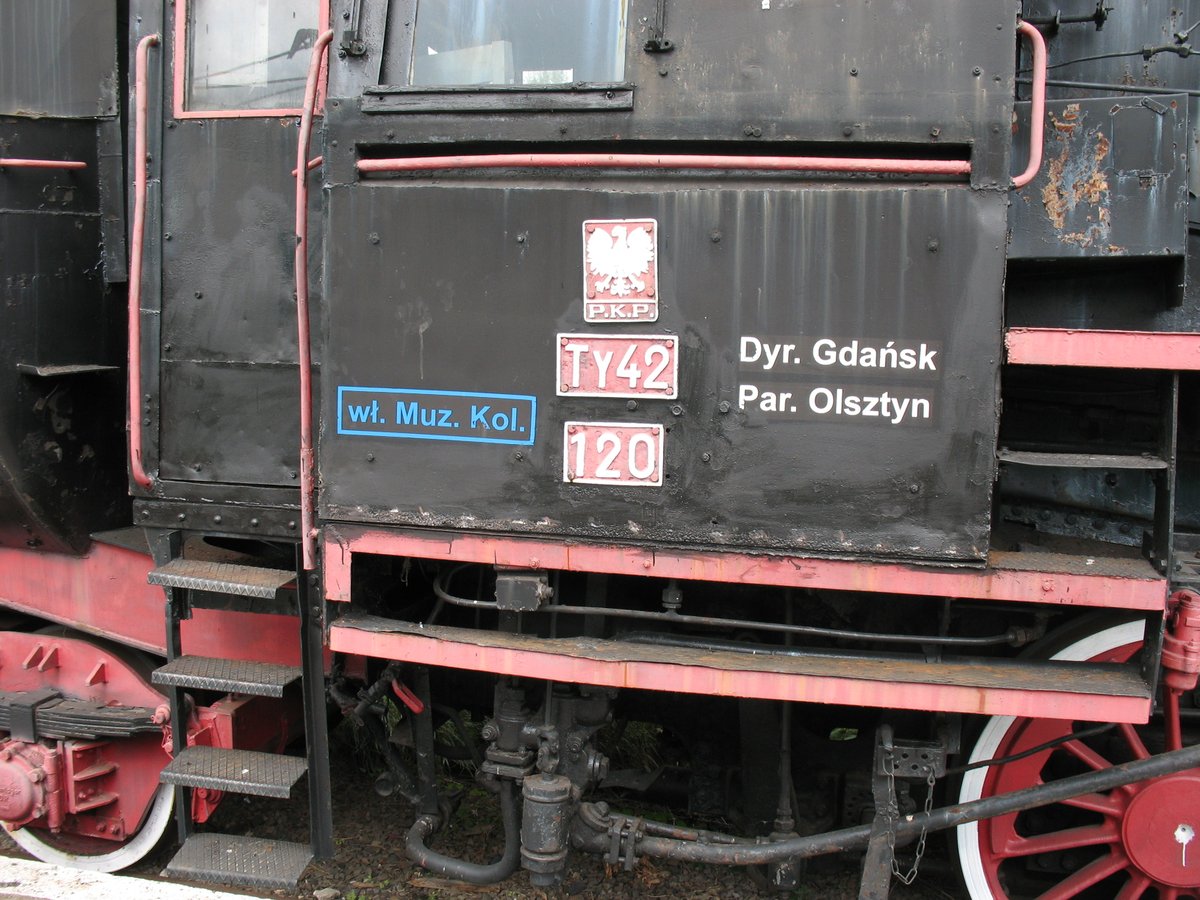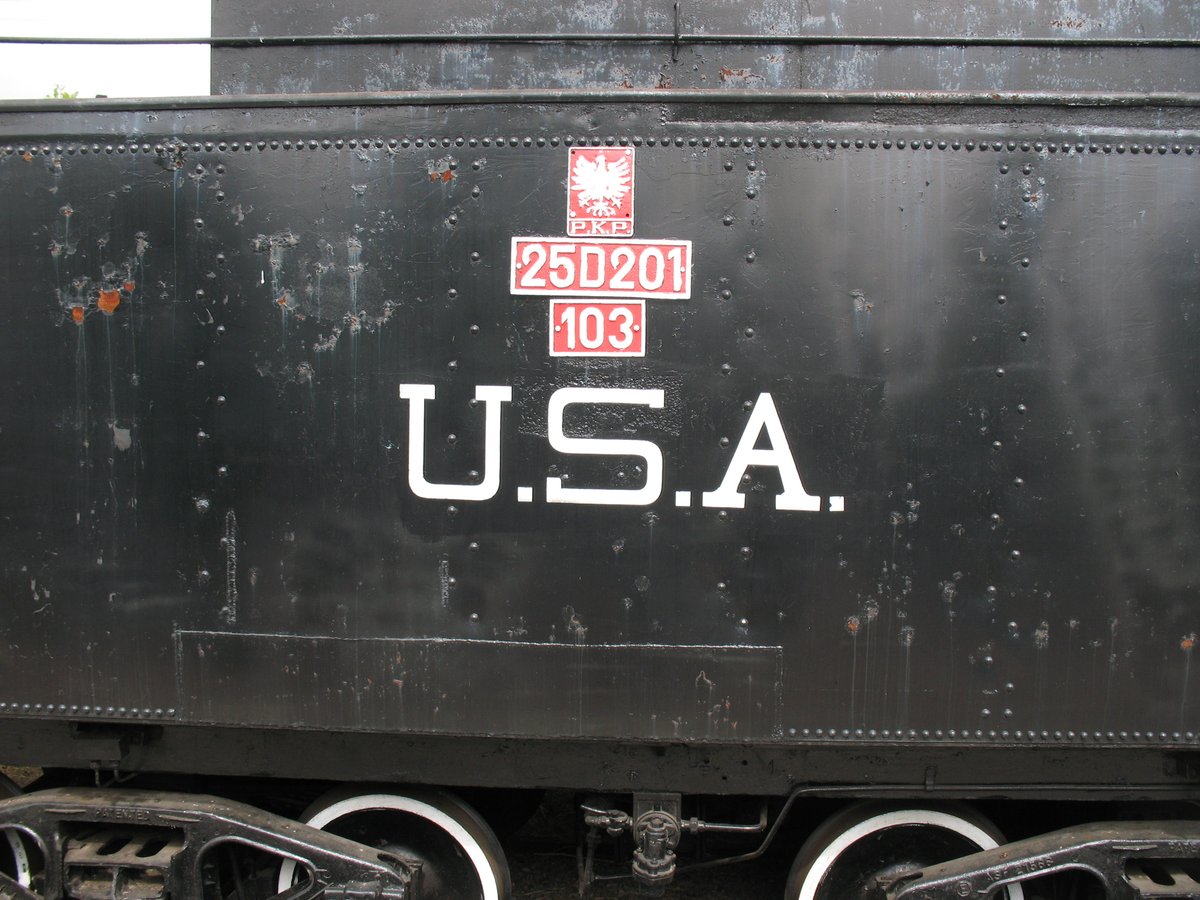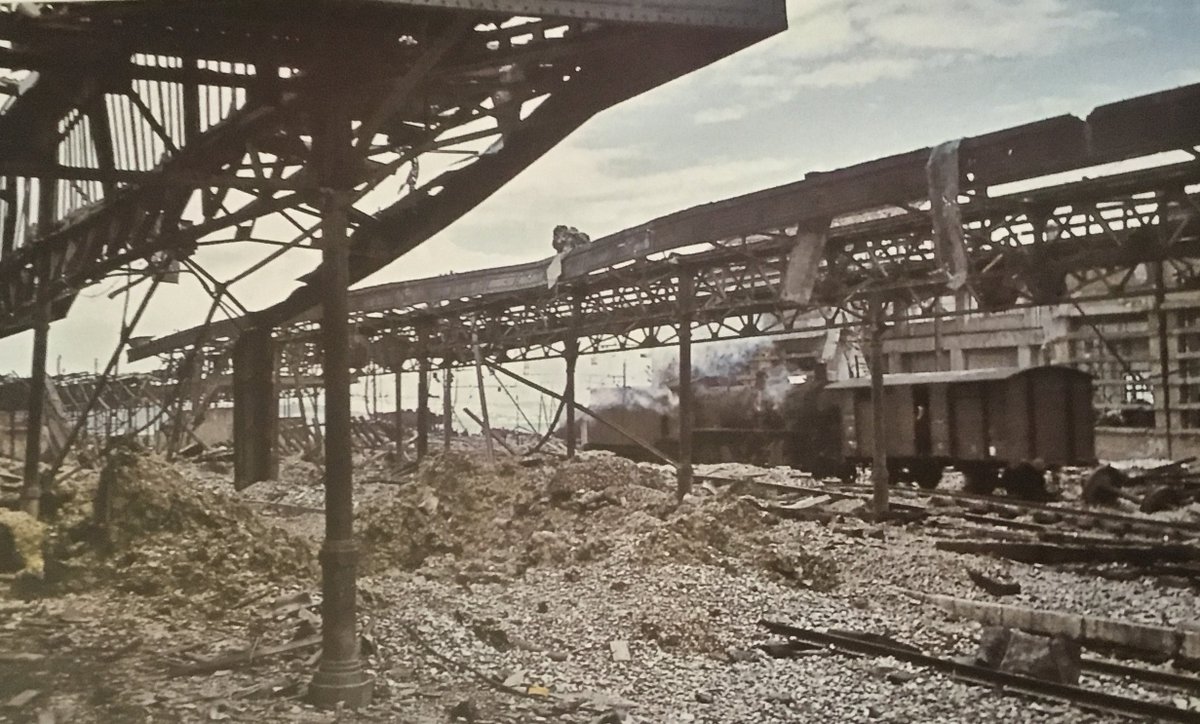History - Armoured Trains and the military use of railways.
A thread for all my kind friends and followers who requested more content. Mostly German with a few pictures from elsewhere.
Images: PWB


A thread for all my kind friends and followers who requested more content. Mostly German with a few pictures from elsewhere.
Images: PWB



Mapping why the Germans had to employ armoured trains on the eastern front. 2 maps: the main railway network; and, a map show the intensity of partisan activity in the area area of Army Group Centre in 1943.
Maps: @USArmyCMH

Maps: @USArmyCMH


The war of the rails was probably the decisive aspect of the Soviet insurgency. While decoy raids trashed German regiments, there were never enough to carry a strike into the rear areas.
After 1945, the former German soldiers in the US Foreign Military Studies project frightened the Americans into believing the Soviet partisans were the greatest threat of all time. The Americans spent millions in research - if only old man Kovpak had known.
The museum also has some impressive standard gauge motive power. Change of ownership common to railways.
Images: PWB



Images: PWB




Stencils confirming change of ownership not always so visible. The gauge nodal moment!
Image: Andreas Knipping
Image: Andreas Knipping

The little engines: the work horses of the the military-railway complex. Example of a little train turned into an armoured train.
Images: PWB/@BundesarchivD



Images: PWB/@BundesarchivD




A fascinating study of the actuality of railways at war: July 1943 - Ukrainian railway yards and troop trains:
Images: Walter Hollnagel
Images: Walter Hollnagel

A Nazi ceremony to open a bridge constructed by the railway engineer troops:
Images: Walter Hollnagel
Images: Walter Hollnagel

Sometimes allied air raids looked very destructive, but expert railway engineers can restore traffic flow within 3 days.
Images: Walter Hollnagel

Images: Walter Hollnagel


Back to Armoured Trains - the construction of tank cars had a familiar silhouette.
Image: @BundesarchivD
Image: @BundesarchivD

Armoured train providing security and protection as construction troops repair damage caused by Red Army partisans.
Image: @BundesarchivD Bundesarchiv
Image: @BundesarchivD Bundesarchiv

Fascinating analysis by Wolfgang Sawodny illustrating how the armoured trains their configuration. Highly recommended book - German version is my favourite.
Images: Sawodny

Images: Sawodny


• • •
Missing some Tweet in this thread? You can try to
force a refresh




































